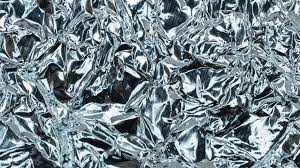Rundown about Aluminum

Properties:
Aluminum (Al) is a silvery-white, soft and malleable metal. Aluminum is light and sixth most ductile element. Aluminum readily reacts with oxygen, so aluminums pure form is rarely found. However, because of the reaction with oxygen, aluminum oxide is formed and coats the aluminum itself and prevents it from corrosion. That comes as the reason why aluminum is widely used in many applications. Aluminum is non-toxic, non-sparking, and non-magnetic. Aluminum has high thermal and electrical conductivity. The most crucial property of Al(Aluminum) is that when aluminum is alloyed with other metals, the resulting product acquires many astonishing properties. Alloys with magnesium, manganese, copper, silicon are quite strong, but lightweight at the same time. When evaporated in vacuum, Al(Aluminum) can be used as a reflective coating for heat and light. At last, aluminum is cheap and replaces most metals in daily life use.

Applications:
Aluminum is used in many diverse products
Aluminum is used in the aircraft components
Aluminum is used in window frames
Aluminum is used in kitchen utensils
Aluminum is used in foils, cans, beer kegs
Aluminum is used in vehicles and aircrafts
Aluminum is used in wires, electrical transmission lines
Aluminum is used in toys , packaging elements
Aluminum is used in papers, sheets , telescope mirrors
Aluminum is used in protection coats
Aluminum is used in solar technology
Aluminum is used in outdoor furniture
For Related Products, please visit:
Comments
Post a Comment